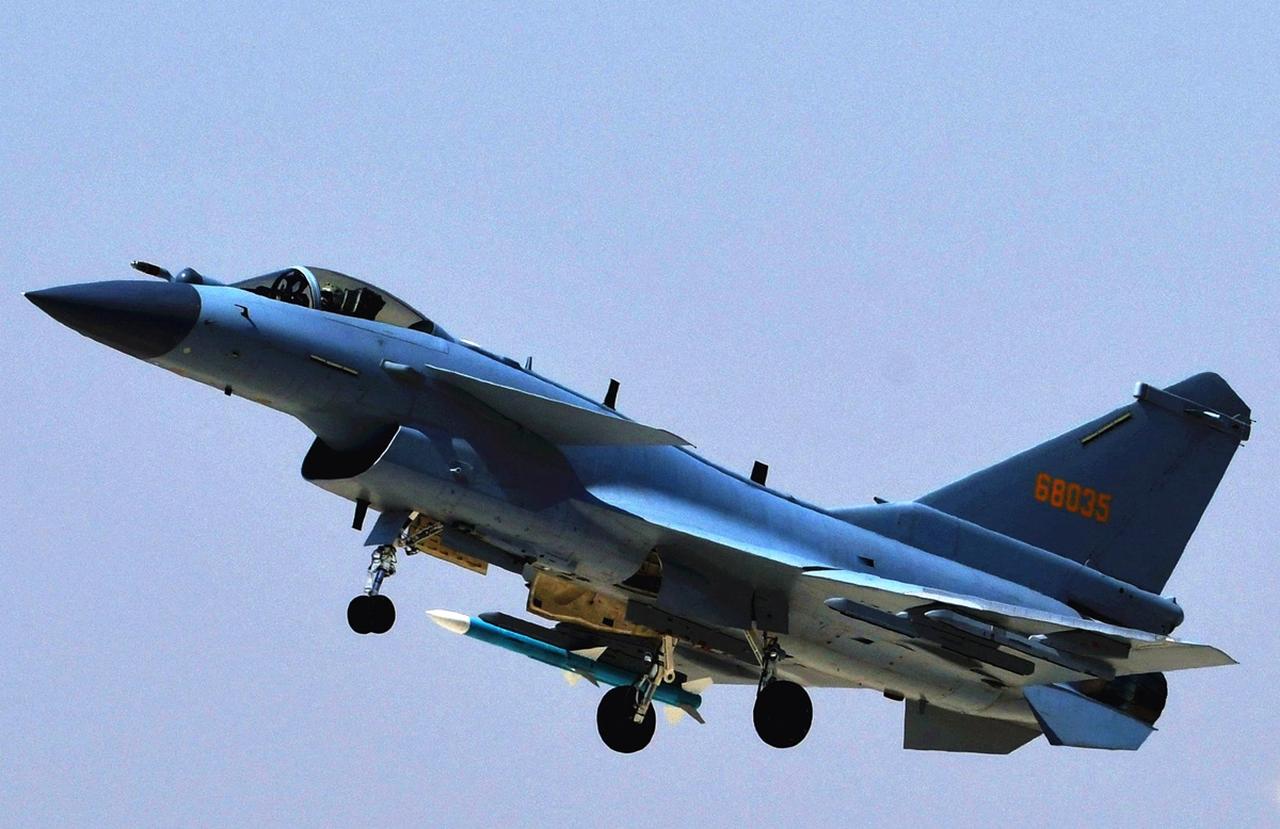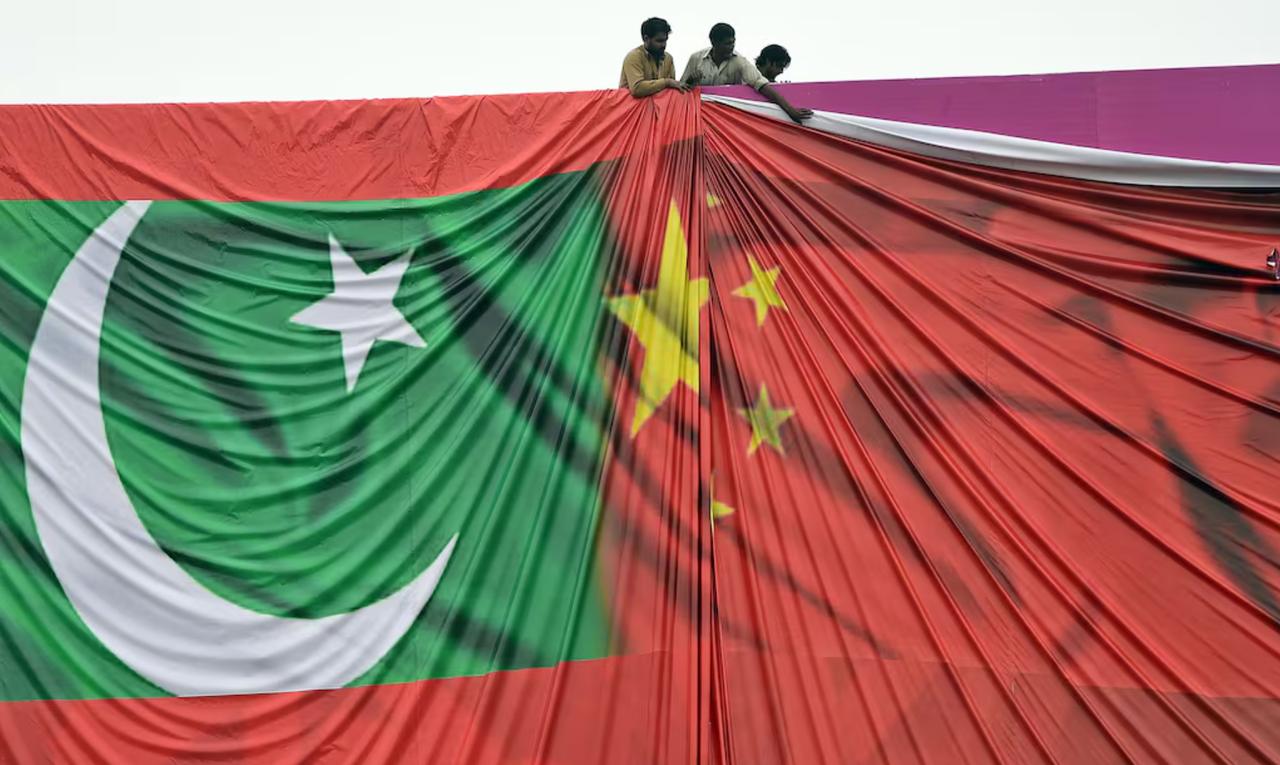
Chinese defense company stocks surged dramatically this week after Pakistan claimed it used Chinese-made fighter jets to shoot down Indian aircraft, marking a significant escalation in tensions between the two nuclear-armed neighbors.
Pakistan's Foreign Minister Ishak Dar announced that Pakistan employed Chinese-made J-10C fighter jets during the recent aerial confrontation with India. The Pakistani Air Force possesses numerous Chinese aircraft, including the Chengdu J-10 fighters and the jointly developed Pakistan-China JF-17 Thunder jets.

"Pakistan is the largest buyer of Chinese weapons, including fighter jets, air defense systems, naval vessels, and UAVs," said Yang Zi, an assistant research fellow at the S. Rajaratnam School of International Studies.
The conflict has proven lucrative for Chinese defense manufacturers. Hong Kong-listed shares of AVIC Aerospace, a subsidiary of China's state-owned Aviation Industry Corporation of China (AVIC), jumped more than 6% following reports that Pakistan's J-10C fighters had successfully engaged Indian aircraft, according to CNBC.
Even more impressive gains were recorded by AVIC Chengdu Aircraft, which manufactures the J-10C jets. Its shares listed on the Shenzhen stock exchange soared more than 16% on Wednesday, marking a 17.05% increase—its most significant rise since last October.
Pakistan's claim that it shot down a French-made 4.5-generation Rafale fighter jet belonging to the Indian Air Force further boosted Chinese defense stocks. China State Shipbuilding Corporation, which builds military and civilian vessels, also saw its shares rise by 0.4%.
The Pakistan-India conflict erupted after India announced early Wednesday that its armed forces had conducted strikes in Pakistan and the region known as Jammu and Kashmir. The Indian Defense Ministry stated the strikes targeted nine locations believed to be planning and directing terrorist attacks against India.
Pakistan's Information Minister Attaullah Tarar claimed that five Indian jets were shot down as they approached Pakistani territory. India has denied these reports, dismissing them as misinformation.
According to the Stockholm International Peace Research Institute (SIPRI), more than 60% of China's weapons exports between 2020 and 2024 went to Pakistan, underscoring the deep military relationship between the two countries.
"China has been Pakistan's most important defense partner since the end of the Cold War," said Seth Jones, head of the defense and security department at the Center for Strategic and International Studies (CSIS). "They have long-standing political ties, long-standing economic ties, and especially in the last few years, deepening military ties."
Jones added that the stock price increase might only be a temporary spike. "Ideally, India and Pakistan would want to reduce tensions, but the ball is now in Pakistan's court," he said. "It's up to Pakistan whether they want to respond further to India's attacks or whether potentially hitting Indian aircraft is a good enough victory."
Yang told CNBC that the conflict "provides positive evidence for the quality of Chinese-made weapons," noting the performance of Pakistan's fighter jets and air defense systems against India's French and Soviet-made aircraft.
The J-10C fighters use PL-15 missiles with dual solid-fuel rocket motors capable of moving five times the speed of sound with a range of 300 kilometers, guided by AESA radars. The export version, PL-15E, features a less powerful motor and shorter range.
Pakistan is currently the only country besides China to operate J-10C fighters. The Pakistan Air Force ordered 36 export-model J-10CE aircraft and 250 PL-15E missiles in 2020. The first six aircraft were delivered in 2022, with a total of 20 now in service with the Pakistani Air Force.
The recent clash occurred following an attack last month in Pahalgam, Jammu and Kashmir, which resulted in 26 deaths.
Quantum Strategy analyst David Roche suggested the increase in Chinese weapons stocks "probably reflects the view that if the India-Pakistan war escalates, China will arm Pakistan and make up for Pakistani losses."
Egypt has also expressed interest in J-10C fighter jets, while Uzbekistan is reportedly deciding between Rafale and J-10C aircraft as part of its air force modernization plan.